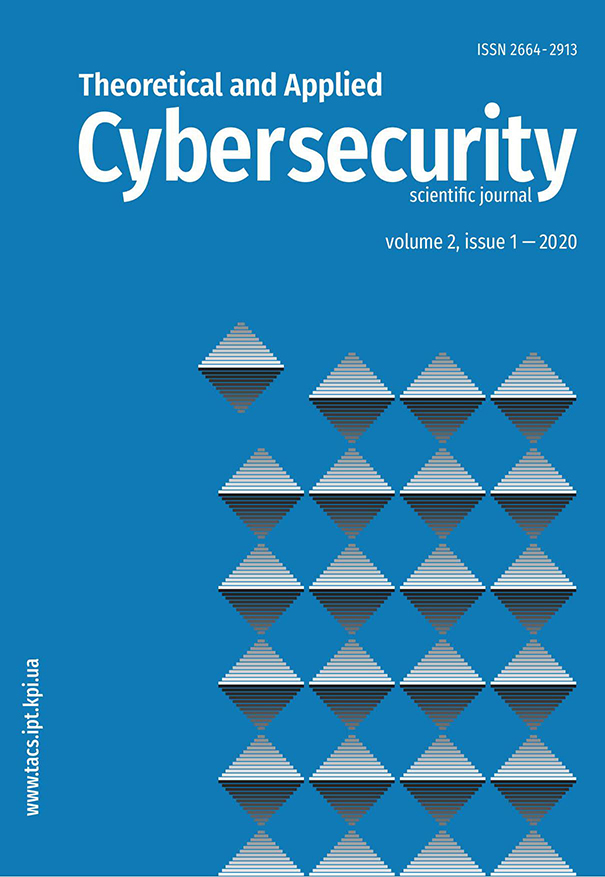Comparison of Efficiency of Statistical Models Used for Formation of Feature Vectors by JPEG Images Steganalysis
DOI:
https://doi.org/10.20535/tacs.2664-29132020.1.209433Abstract
In order to build effective analytical systems for digital covers steganalysis in the given practical conditions, it is necessary to analyze and evaluate the quality of existing methods and components. Thus, it is necessary to compare the baseline characteristics of the available candidates in order to select the optimal components of the system. However, the usage of results from open scientific publications may lead to incorrect comparison due to differences in the conditions of numerical experiments. This study is based on the principle of checking the performance of statistical models for feature vectors formation under the same conditions. The case of JPEG images steganalysis with the usage of machine learning techniques is considered. The performance and detection accuracy of statistical models such as CHEN, CC-CHEN, LIU, CC-PEV, CC-C300, GFR, and DCTR in case of message hiding in the frequency domain of digital images are analyzed.
The results of the study are numerical estimates of the performance and accuracy of SVM classification in binary and multilevel steganalysis modes.
Downloads
Published
Issue
Section
License
Authors who publish with this journal agree to the following terms:
Authors retain copyright and grant the journal right of first publication with the work simultaneously licensed under a Creative Commons Attribution License that allows others to share the work with an acknowledgement of the work's authorship and initial publication in this journal.
Authors are able to enter into separate, additional contractual arrangements for the non-exclusive distribution of the journal's published version of the work (e.g., post it to an institutional repository or publish it in a book), with an acknowledgement of its initial publication in this journal.
- Authors are permitted and encouraged to post their work online (e.g., in institutional repositories or on their website) prior to and during the submission process, as it can lead to productive exchanges, as well as earlier and greater citation of published work (See The Effect of Open Access).

